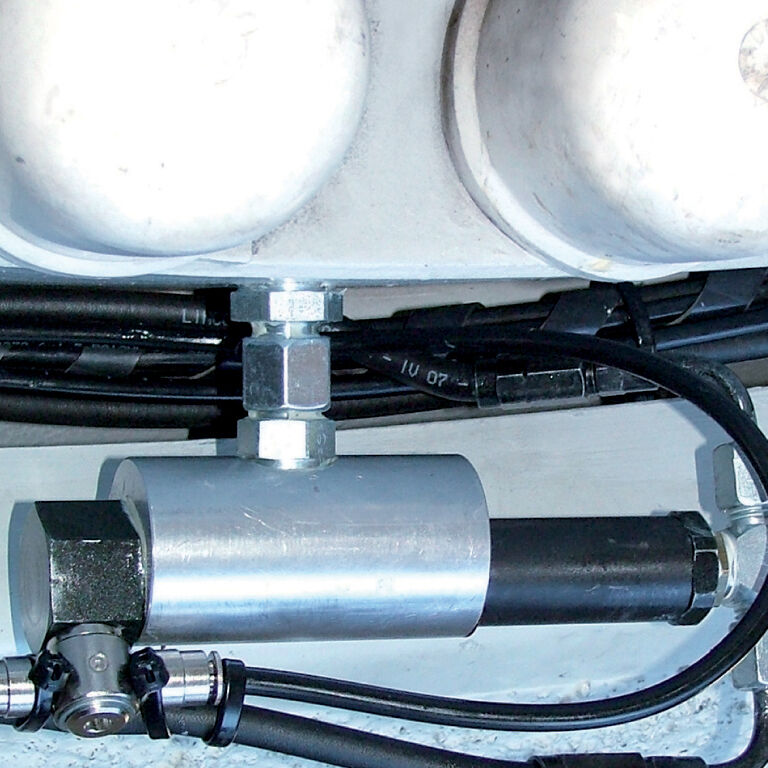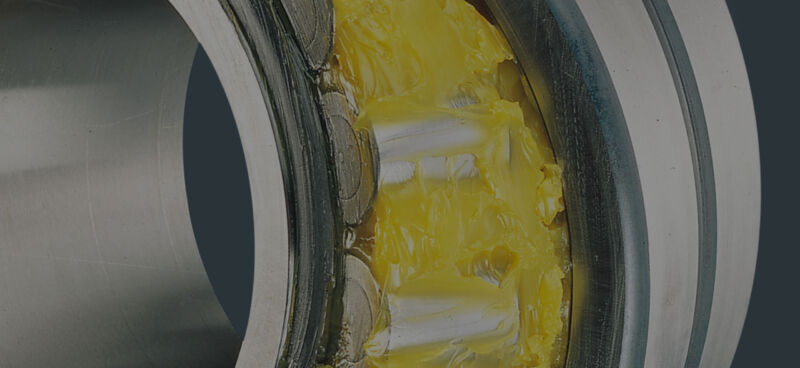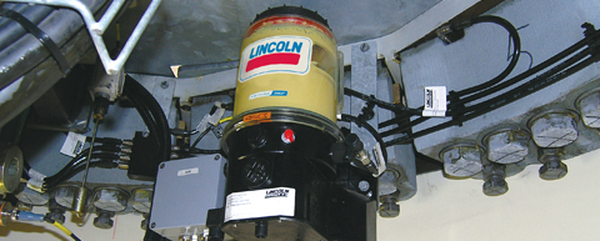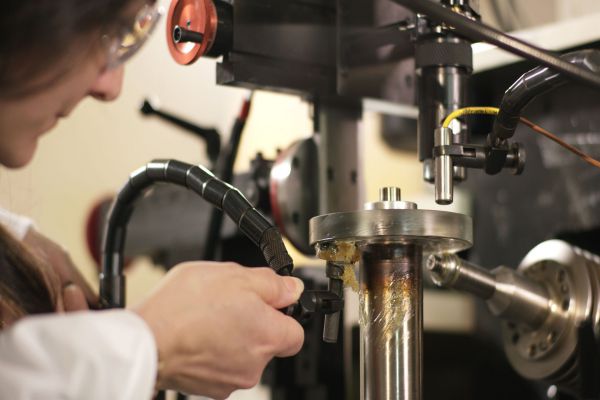Ensuring the consistently smooth operation of mechanical systems is often a matter of carefully planned lubrication practices. Wind turbines, for example, contain many moving components and are therefore dependent on timely and thorough relubrication by trained maintenance personnel. In these applications, however, applying lubricant becomes more difficult.
Not only are the turbines often located in remote locations and therefore difficult to reach, but they also rely on higher amounts of grease to function without a hitch. This is due to their fluctuating speeds and harsh operating conditions. In fact, 36 percent of all premature bearing damage in wind turbines can be attributed to poor lubrication. If bearing damage caused by the use of contaminated lubricants is included, the figure rises to 50 percent.
Automate, lubricate
That’s why proactive wind turbine operators turn to automatic lubrication systems, which can be controlled and monitored remotely, and provide the optimal amount of oil or grease. In this way, the bearings no longer rub against each other without an automatically applied layer of protection and the lubricant itself is not contaminated.
On top, automatic lubrication systems boost occupational safety, as maintenance personnel no longer have to scale enormous heights to lubricate dangerous, hard-to-reach areas. When staff are required to visit the site, there is a reduced risk of slips and trips caused by the application of too much lubricant. The environment benefits, too, as automatic lubrication systems make efficient use of oil and grease by eliminating waste. Therefore, operators can enjoy cost savings, fewer maintenance rounds, and greater turbine reliability.
Out with the old, in with the new
Of course, any used grease must be removed and replaced after a certain time. This process is carried out with the help of suction elements that divert the grease into a separate central container. SKF now also offers Reusable grease collecting cartridges that further reduce waste and the associated environmental impact. They include an adapter, which can be easily connected to the individual lubricant outlets.
The cartridge contains a follower piston that is pushed back when grease enters the container. When the reservoir is full, the piston stops, preventing overflow. The full cartridge can then be disconnected. By pushing the piston forward, the used grease can be easily removed from the container.
Tailored to your turbine
But in which areas of a turbine can automatic lubrication systems be used? SKF and Lincoln offer tested and certified solutions for the following critical areas:
Pitch bearings: The lubrication unit is mounted in the rotor. It rotates continuously with it and is constantly exposed to vibration and centrifugal force. The grease passes from the pump to the connected metering devices via a progressive or single-line lubrication system. It is important that the internal pump elements are always surrounded by grease and can withstand high loads.
Pitch open gears: Lubrication for the pitch open gear is supplied via SKF and Lincoln pumps for the rotary application. For rotating operation in wind turbines, the reservoir is equipped with a follower plate and stirring paddle. SKF and Lincoln lubrication pinions apply grease precisely to the area of contact on the drive pinion or the pitch open gear and evenly lubricate the entire cog width.
Yaw bearings and yaw open gears: A central lubrication system supplies the yaw bearings with sufficient grease via an electric grease pump and progressive or single-line metering devices. The automatic lubrication pinion meters precisely onto the toothing and distributes the lubricant evenly over the entire cog width. This creates a thick lubricating film that prevents excessive wear and the so-called “stick-slip” effect when the nacelle rotates. To prevent the used grease from dripping onto the nacelle floor, a lubricant collector regularly carries it away and collects it in a container.
Main bearings: Main bearings are particularly dependent on large amounts of grease, as they support very high loads. Standard pumps with an agitator blade and a stationary arm in the pump reservoir are ideal for this purpose – the lubrication system thus supplies the main bearings with a constant amount of grease even during motion.
Gearboxes: The oil in the gearbox lubricates and cools the lubrication points, filters out contaminants, and regulates the temperature in the lubrication circuit. Flow limiters are used to maintain the specified oil volume despite pressure and temperature fluctuations.
Generators: Fluctuating temperatures and speeds demand a lot from the lubrication system here. However, with special high-tech lubricants and pump units, the optimum lubrication system can operate at its best – even under these extreme conditions.



